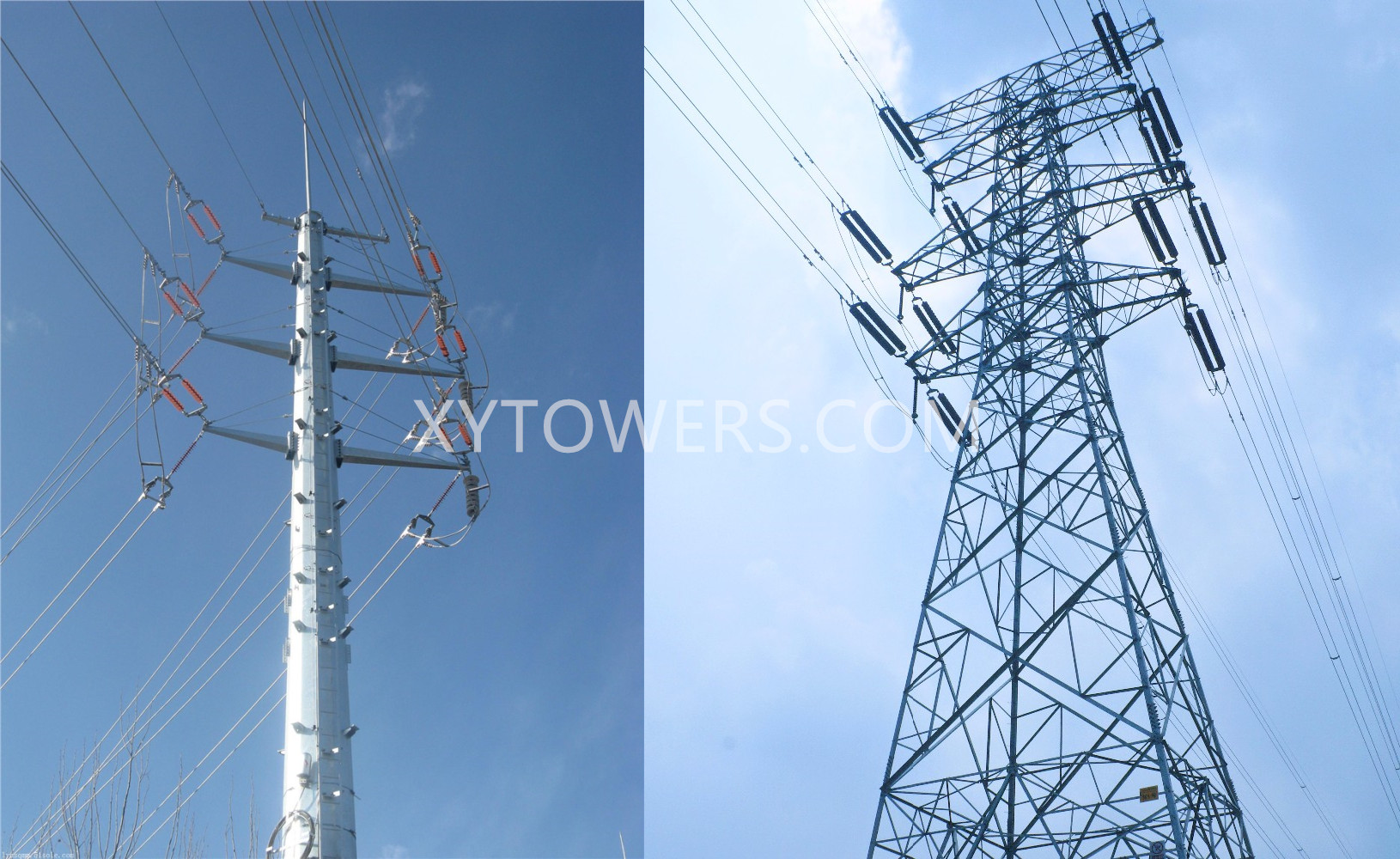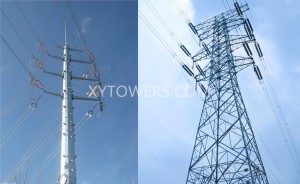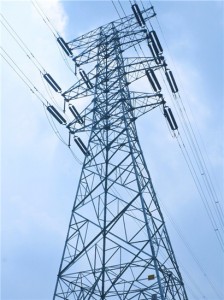Monopole Tower vs Lattice Type Tower Comparison
What We Do
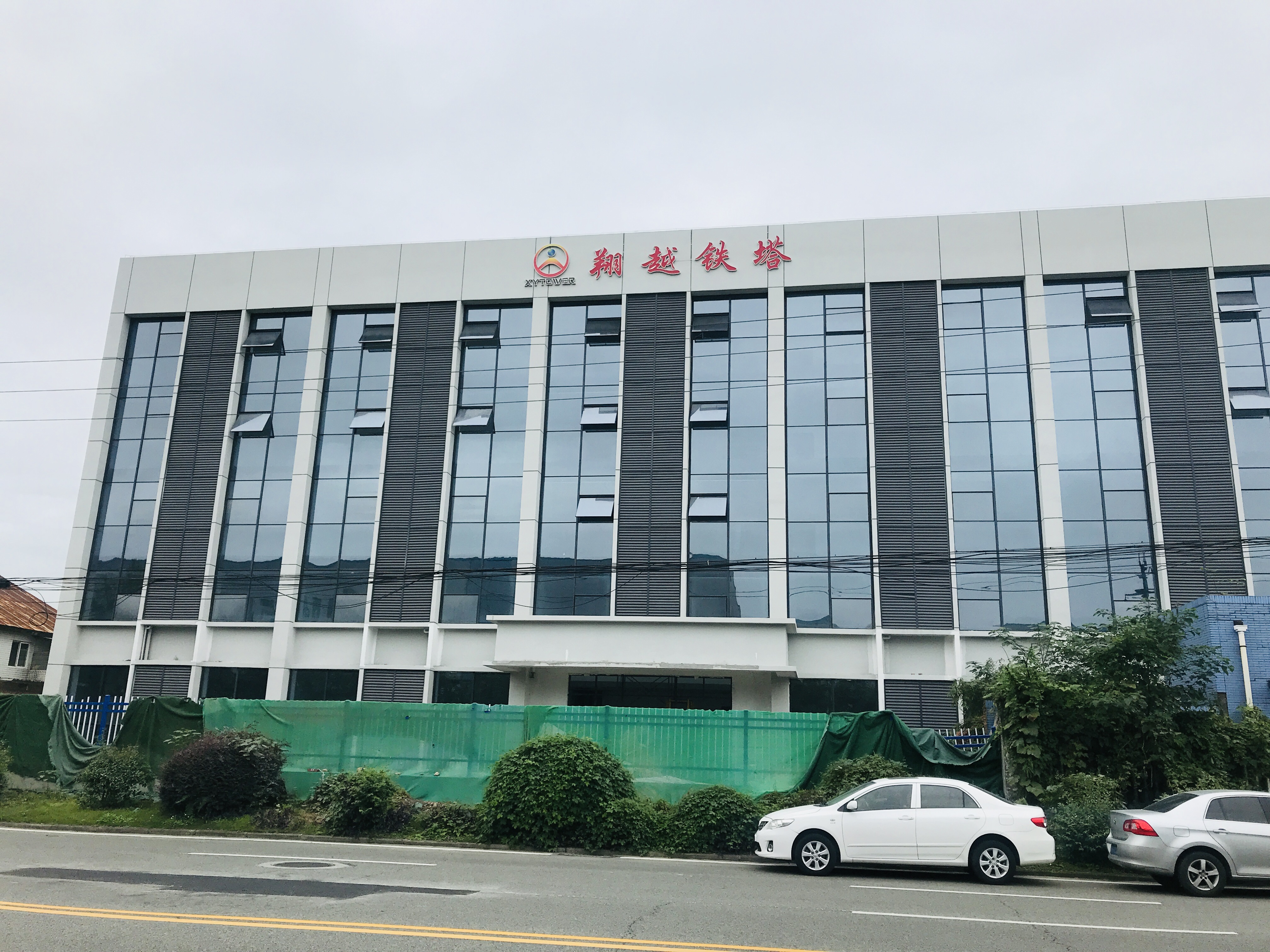
X.Y Towers is a leading company of high voltage transmission line in south west China.Established in 2008,as a manufacture and consulting company in field of Electrical and Communication Engineering,it has been providing EPC solutions to the growing demands of Transmission and Distribution(T&D)sector in the region.
Since 2008,X.Y towers has been involved in some of the largest and most complicated electrical construction projects in China.After 15 years of steady growth.we provide array of services within electrical construction industry which includes design and supply of transmission & distribution lines and electrical substation.
our core services and products comprise of:
Meeting Standards
| Manufacturing standard | GB/T2694-2018 |
| Galvanizing standard | ISO1461 |
| Raw material standards | GB/T700-2006, ISO630-1995, GB/T1591-2018;GB/T706-2016; |
| Fastener standard | GB/T5782-2000. ISO4014-1999 |
| Welding standard | AWS D1.1 |
| EU standard | CE : EN10025 |
| American Standard | ASTM A6-2014 |
Monopole tower vs Lattice tower
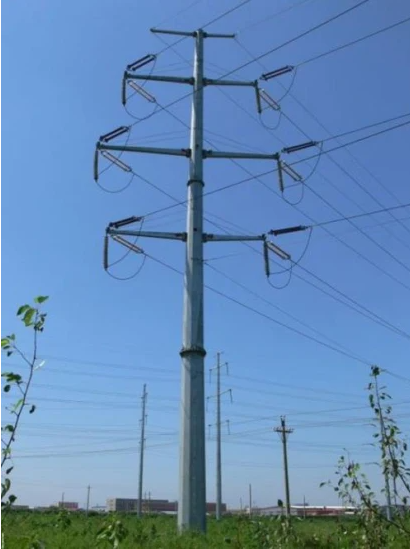

Monopole tower vs Lattice tower
Here are some general guidelines for deciding which tower type has the advantage to be selected based on the presented case in this paper where the specified aspects are the Aesthetical, Economical and Statical. Based on each alternative specification would be easier to make a decision concerning the best choice which meets the requirements.
Monopole tower
1. Smallest footprint of all tower types.
2. Can be used for installations from 9 to 45 m.
3. Generally considered the most aesthetically pleasing structure,
4. In some jurisdictions, zoning permits are not required for installations under 18 m.
5. Significant wind–loading capacity.
6. Requires crane for installation.
7. Higher freight costs because a full flatbed is required for delivery
8. The least expensive but more expensive than lattice towers.
9. Antennas are usually mounted on a monopole with a vertical separation of 3 m to 4.5 m increments.
10. High quality connection: Reliability and high quality of signal reception provides rigidity and resistance to external influences, especially in difficult icing and wind conditions.
11. Compact: The base support size allows the support of a small area of building, which is particularly important in the construction in the city.
12. Aesthetics: Exterior construction favorably differs from traditional designs, which is an important factor in the placement of towers in the city, on the territory of enterprises, protected areas, etc.
13. Operation: Placement of the equipment, cables, feeders, maintenance of stairs inside the support eliminates unauthorized access to equipment, provides weather protection, i.e., increase the service life, it allows you to carry out work in difficult climatic conditions and the result of drastically reducing operating costs.
14. Flexibility in design.
Self-supporting lattice tower
1. Can be used for installations from 6 to 60 m.
2. Smaller installation footprint than a guyed tower, but larger than
a self–supporting guyed and monopole towers.
3. Often ships knocked down, reducing freight expenses but requiring on–site assembly
4. Significant wind–loading capacity.
5. The Lightweight Self–Supporting Tower is Ideal for requirements under 30 m with minimal wind–loading capacity and some options use a minimal installation footprint with simple concrete foundation.
6. Can accommodate heavy loading of antennas and microwave dishes.
7. Less cost than Monopole.
8. The capacity of latticed tower members and connections can be
described by relatively simple formulae.
9. Modeling and design are relatively easy.
10. Monopoles are generally costing higher than lattice angle towers due to higher cost of plates where Monopole requires specialized plate bending machine with high capital cost, Figure 2.
11. Ecological: The lattice structure is highly transparent so that it has a lesser effect on the landscape. Optimum ecological balance thanks to the galvanized steel structure and small concrete foundations (savings in terms of raw materials; both tower and foundations can be recycled)


